Search the Special Collections and Archives Portal
Search Results
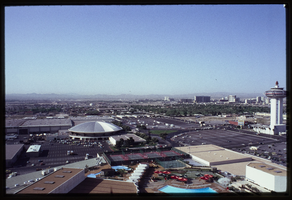
Cityscape view overlooking Las Vegas Strip: photographic slide
Date
1964 (year approximate) to 1990 (year approximate)
Archival Collection
Description
From the Las Vegas: Snapshots of History Photograph Collection (PH-00425)
Image
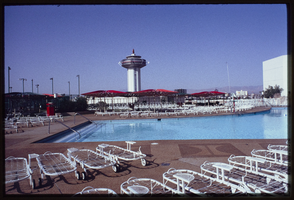
Exterior view from unspecified hotel pool in Las Vegas, Nevada: photographic slide
Date
1964 (year approximate) to 1990 (year approximate)
Archival Collection
Description
From the Las Vegas: Snapshots of History Photograph Collection (PH-00425). Landmark Hotel is visible in background.
Image
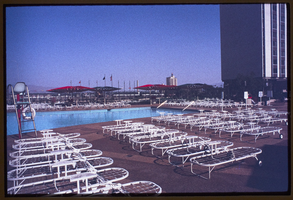
Exterior view from unspecified hotel pool in Las Vegas, Nevada: photographic slide
Date
1964 (year approximate) to 1990 (year approximate)
Archival Collection
Description
From the Las Vegas: Snapshots of History Photograph Collection (PH-00425)
Image
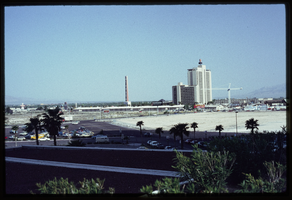
Cityscape of Las Vegas, Nevada: photographic slide
Date
1964 (year approximate) to 1990 (year approximate)
Archival Collection
Description
From the Las Vegas: Snapshots of History Photograph Collection (PH-00425)
Image
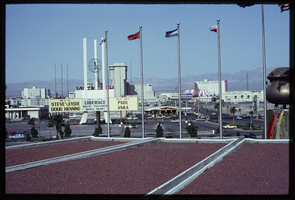
Exterior view of Las Vegas Hilton marquee in Las Vegas, Nevada: photographic slide
Date
1964 (year approximate) to 1990 (year approximate)
Archival Collection
Description
From the Las Vegas: Snapshots of History Photograph Collection (PH-00425)
Image

View of Las Vegas Boulevard in Las Vegas, Nevada: photographic slide
Date
1964 (year approximate) to 1990 (year approximate)
Archival Collection
Description
From the Las Vegas: Snapshots of History Photograph Collection (PH-00425)
Image
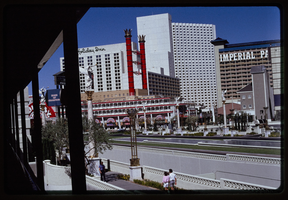
Exterior view of Holiday Inn in Las Vegas, Nevada: photographic slide
Date
1964 (year approximate) to 1990 (year approximate)
Archival Collection
Description
From the Las Vegas: Snapshots of History Photograph Collection (PH-00425)
Image
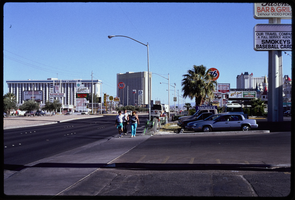
View of Las Vegas Boulevard in Las Vegas, Nevada: photographic slide
Date
1964 (year approximate) to 1990 (year approximate)
Archival Collection
Description
From the Las Vegas: Snapshots of History Photograph Collection (PH-00425)
Image
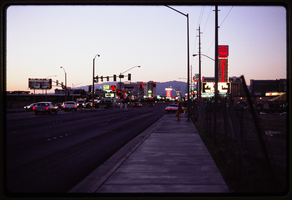
View of Las Vegas Boulevard in Las Vegas, Nevada: photographic slide
Date
1964 (year approximate) to 1990 (year approximate)
Archival Collection
Description
From the Las Vegas: Snapshots of History Photograph Collection (PH-00425)
Image
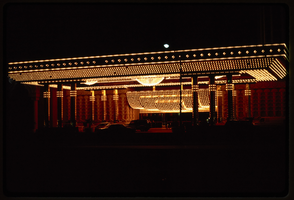
Exterior of unspecified building in Las Vegas, Nevada: photographic slide
Date
1964 (year approximate) to 1990 (year approximate)
Archival Collection
Description
From the Las Vegas: Snapshots of History Photograph Collection (PH-00425)
Image
Pagination
Refine my results
Content Type
Creator or Contributor
Subject
Archival Collection
Digital Project
Resource Type
Year
Material Type
Place
Language
Records Classification
